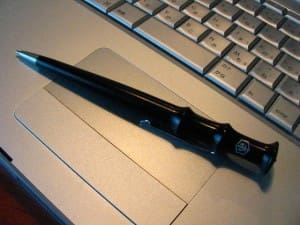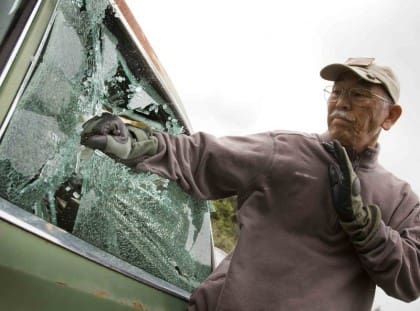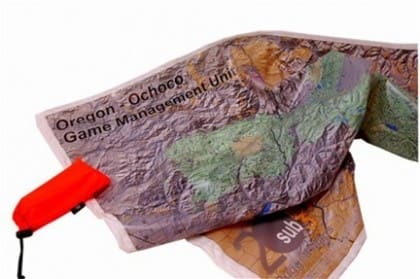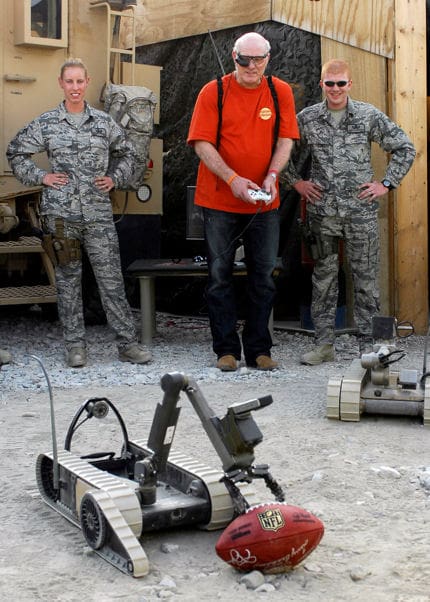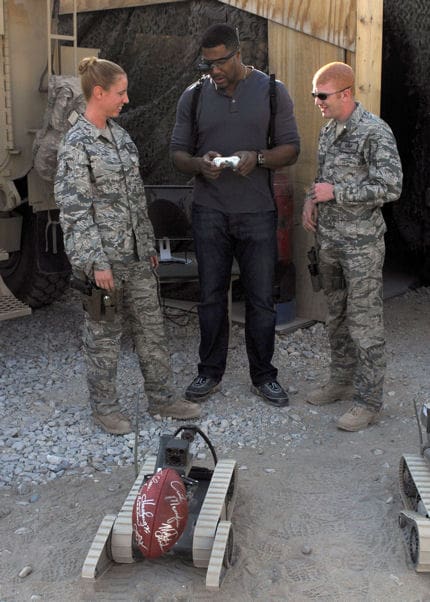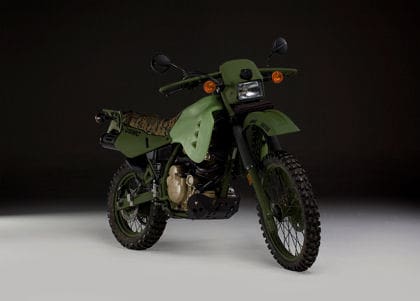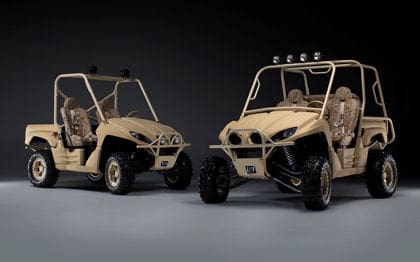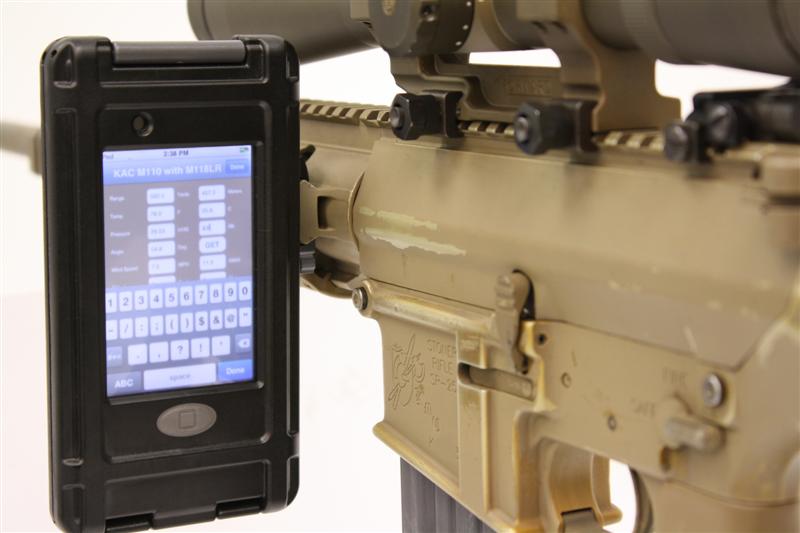I know it seems odd that we would profile products from a tool manufacturer but several new products from Ryobi utilizing their Tek4 4V Lithium-Ion battery technology caught our eye. In addition to being handy around the house, several items might find a well deserved spot in either individual or small unit deployment kits.
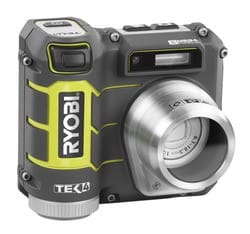
In particular, Ryobi is offering the Tek4 DuraShot 8MP Digital Camera. Designed to withstand the rigors of a construction site the 8 megapixel camera features 3x Optical Zoom, voice memo recording linking the memo to the photo, as well as impact resistance and water and dust proof body.
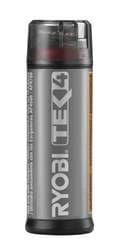
Other products include the Tek4 Motion Sensing Alarm which has a remote control for arming and disarming and Infrared Motion Detection for larger protection coverage. There is also a flashlight, multimeter, and laser distance measure. All of these product rely on the new Ryobi 4V Lithium-Ion battery. It is equivalent to 3 AA batteries and has over 2,000 recharge cycles which eliminates 6,000 AA batteries.
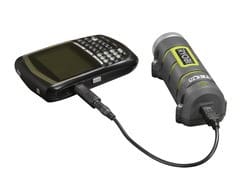
Still not convinced? That same battery also works as a universal power source when combined with the Portable Power Source adapter.
Visit www.ryobi.com for more information.


